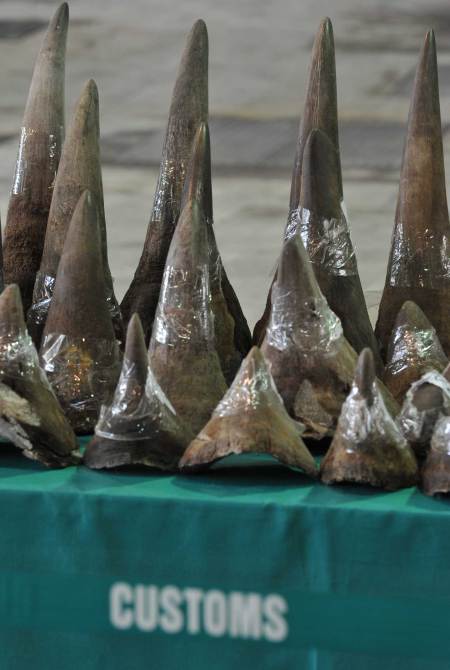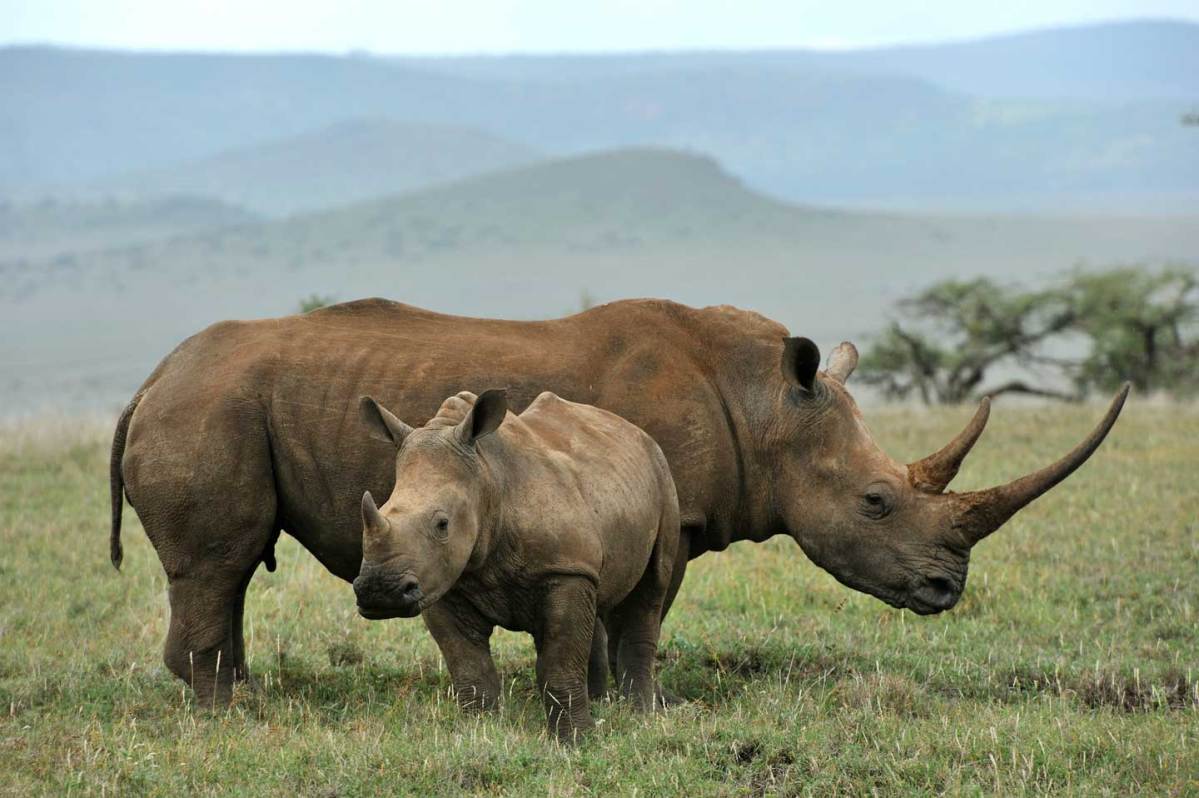Ivory trade scrutiny has drawn attention away from the poaching of another African species.
Rhinoceroses are being poached with at a devastating rate for their horns and end up flooding the black market in China, a new investigation from a conservation group has found.

Over the last four years, more than a thousand rhinos were killed in South Africa, which is home to 80 percent of the world’s rhinoceros population. According to National Geographic, poaching of the horned creatures in the country has increased 8,000 percent compared to levels in 2007.
Vietnam has long been suspected as the largest black market for rhino horn, but a new report from Elephant Action League (EAL) discovered China to be the primary recipient of the illicit trade.
Fueled by the Vietnamese and Chinese military and border officials corruption, China is estimated to be responsible for half the black market, where the horns are purchased to be used in traditional medicine or carved into sculpture.
According to the EAL report, whole rhino horns sold for $26,500 and $40,000 per kilogram. While the quantity of ivory entering China is greater, the demand for rhino horn is higher. In fact, the horns yield about 40 times more profit for traders than ivory.
This article was featured in the InsideHook newsletter. Sign up now.
























